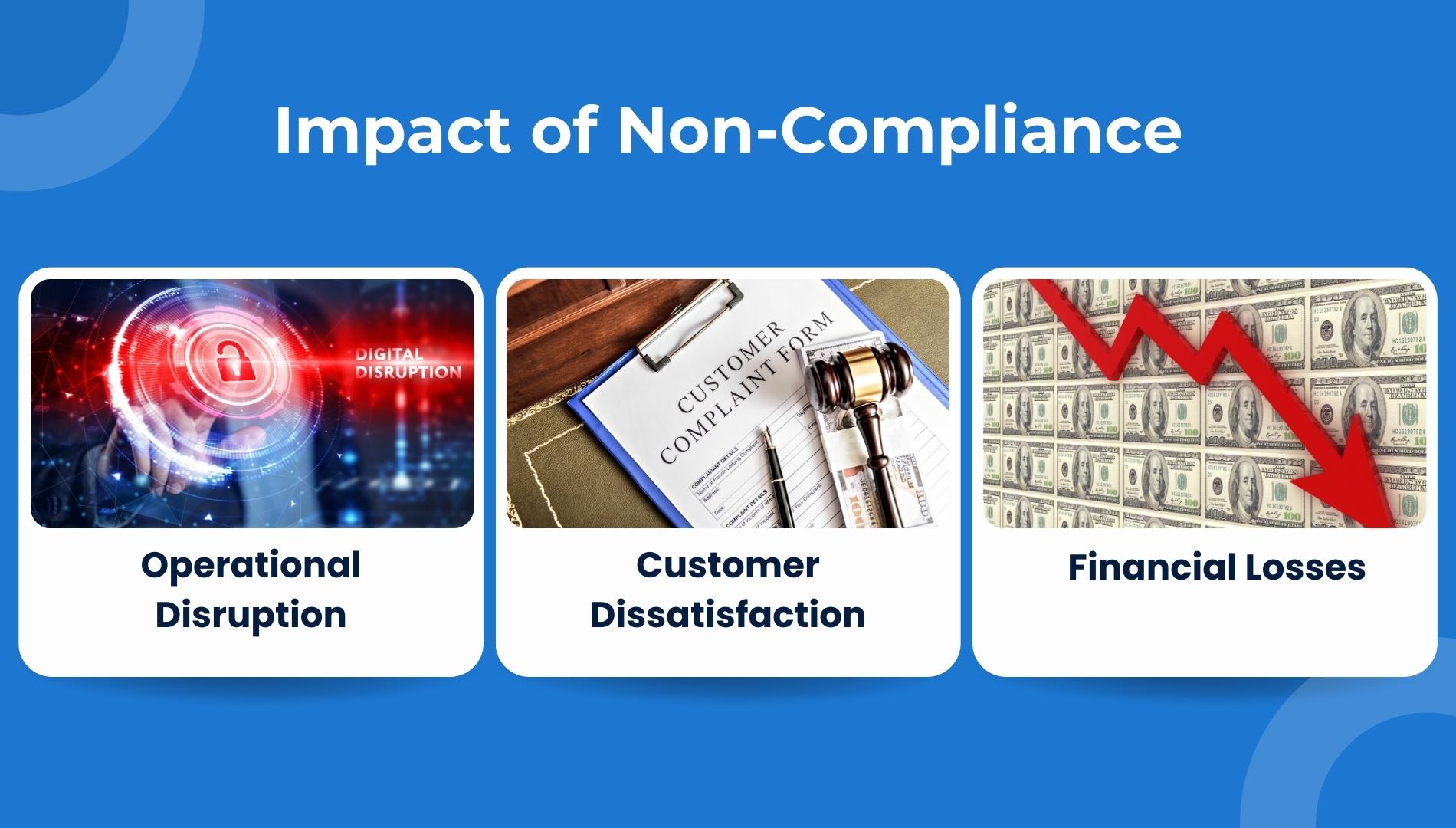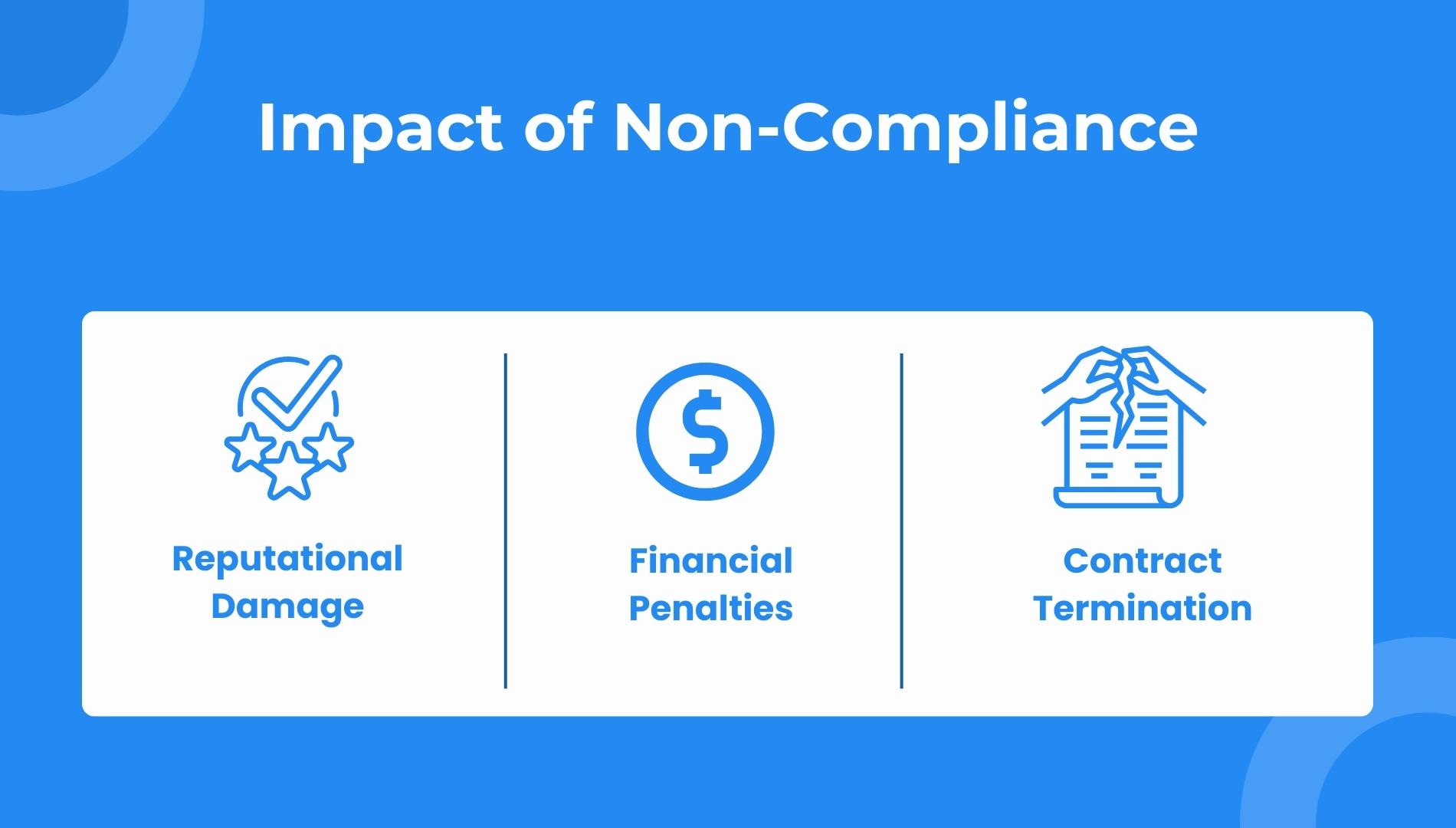Your website’s performance can significantly impact your business success, understanding and managing Service Level Agreements (SLAs) is more crucial than ever. SLAs are not just formal agreements; they are the backbone of trust between service providers and clients, ensuring that the expected levels of service are not just met but consistently exceeded. Effective SLA management guarantees that all parties have a clear understanding of service expectations, responsibilities, and the consequences of not meeting these agreed-upon standards. This blog post delves into the best practices for negotiating, monitoring, and managing SLAs, providing valuable insights on maintaining high service quality and reliability in web content management. Whether you're a service provider or a client, mastering these practices is essential for fostering successful business relationships and achieving operational excellence in the ever-evolving digital realm.
Whether you're a service provider or a client, mastering these practices is essential for fostering successful business relationships and achieving operational excellence in the ever-evolving digital realm.
Tips for Negotiating SLAs
Negotiating an SLA is a critical step in establishing a service agreement that aligns with both the client's and the provider's expectations and capabilities. Here are key considerations:
- Tailor Metrics and Terms: Customize the SLA metrics and terms to align with specific business needs and operational requirements. This ensures that the SLA supports the business’s strategic objectives.
- Define Clear Metrics: Establish clear, measurable, and achievable metrics that are directly tied to business outcomes. This might include uptime, response times, and issue resolution metrics.
- Include Flexibility for Changes: As businesses evolve, so do their needs. It’s important to include provisions in the SLA that allow for periodic reviews and adjustments to the agreement.
Strategies for Ensuring Compliance and Monitoring SLA Performance
Maintaining compliance with SLAs is crucial for service reliability and trust. Effective strategies include:
- Regular Performance Reviews: Conduct regular reviews of SLA performance reports to ensure all standards are being met. This helps in identifying trends and addressing issues proactively.
- Use of Automated Monitoring Tools: Implement automated tools to monitor SLA metrics continuously. This technology can provide real-time alerts when potential issues arise, allowing for immediate corrective action.
- Transparent Reporting: Maintain transparency with clients by providing them access to performance reports. This builds trust and helps in managing expectations effectively.
Handling Breaches in SLAs
Even with the best plans, SLA breaches may occur. Here’s how to handle them effectively:
- Predefined Remedies and Penalties: Clearly outline the remedies or penalties in the event of SLA breaches. This might include service credits or penalty fees.
- Rapid Response Plan: Have a clearly defined procedure for addressing and resolving SLA breaches. Rapid response can mitigate the impact on the client’s operations.
- Open Communication: Communicate openly with the client about the breach and steps being taken to resolve the issue. This transparency is crucial for maintaining trust.
Concrete CMS’s Approach to SLA Management
At Concrete CMS, we adhere to rigorous best practices in managing SLAs to support our clients effectively. We understand that our clients rely on us for their critical web operations, and our approach is designed to uphold our commitment to reliability and security.
- Customizable SLAs: We offer customizable SLAs that can be tailored to meet the specific needs of different industries, from government agencies to educational institutions.
- Advanced Monitoring Systems: Our use of advanced monitoring systems ensures that we meet our SLA commitments. These tools allow us to keep a vigilant eye on performance metrics and address issues before they escalate.
- Client Empowerment: We empower our clients by providing them with access to detailed SLA performance reports and dashboards. This transparency helps in building a strong partnership based on trust and mutual respect.
Impact of Non-Compliance: Understanding the Stakes for Both Sides
The failure to meet the standards set in an SLA can have serious repercussions not only for the client but also for the service provider. Here are some of the key impacts of non-compliance:
- For Clients:
- Operational Disruption: Failure to meet uptime or response time commitments can disrupt client operations, potentially leading to lost productivity and business opportunities.
- Customer Dissatisfaction: If services are unreliable, it can lead to customer dissatisfaction and erosion of trust, which is particularly damaging for clients dependent on maintaining a strong customer relationship.
- Financial Losses: Downtime in critical services can result in direct financial losses, especially for e-commerce platforms where every minute of downtime can equate to lost sales.


- For Service Providers:
- Reputational Damage: Consistent failure to meet SLA standards can tarnish a service provider's reputation, making it difficult to attract and retain clients.
- Financial Penalties: Many SLAs include penalty clauses that may require the provider to offer service credits or monetary compensation, impacting their financial standing.
- Contract Termination: Severe or repeated SLA breaches can lead to contract termination, resulting in lost revenue and affecting business stability.
Legal and Financial Considerations: Navigating the Complexities of SLAs
SLAs often involve significant legal and financial considerations that both parties need to manage:
- Contractual Obligations: SLAs are legally binding agreements. Non-compliance can lead to legal disputes and liability issues, necessitating careful drafting to ensure clarity and enforceability.
- Indemnities and Liabilities: SLAs should clearly define indemnities, particularly concerning third-party claims resulting from service failures. Understanding the extent of liability and indemnification clauses is crucial for both parties.
- Financial Impact: For service providers, the financial ramifications of SLA penalties need to be carefully managed to avoid a significant impact on profitability. For clients, understanding the compensation structure for SLA breaches is important for budgeting and financial planning.
Future Trends in SLA Management: Adapting to New Challenges
As technology and business environments evolve, so do the strategies for managing SLAs. Here are some emerging trends that are shaping the future of SLA management:
- Integration of AI and Automation: The use of artificial intelligence and automation in monitoring SLA compliance can provide real-time data and predictive insights, improving service reliability and compliance.
- Customization and Flexibility: With businesses facing rapidly changing environments, there is a growing need for more customized and flexible SLAs that can adapt to dynamic business needs.
- Emphasis on Security and Data Protection: As cybersecurity threats evolve, SLAs are increasingly focusing on security standards and protocols, with specific performance metrics related to security incident responses and data protection measures.
- Sustainability Considerations: The rise of environmental consciousness is leading to the inclusion of sustainability metrics in SLAs, particularly for data centers and cloud services providers aiming to reduce their carbon footprint.
By understanding these impacts, legal and financial implications, and staying ahead of future trends, organizations can better prepare themselves to negotiate, implement, and manage SLAs effectively, ensuring they align with both current needs and future growth objectives.
Conclusion
SLAs are more than contractual obligations—they are a testament to a service provider’s commitment to excellence and reliability in web content management. By implementing best practices in SLA management, businesses can ensure they not only meet but exceed their operational expectations. We invite you to explore how Concrete CMS can elevate your web content management experience with robust SLAs tailored to your specific needs. Connect with us today to learn more about our services and how we can help you achieve operational excellence.
